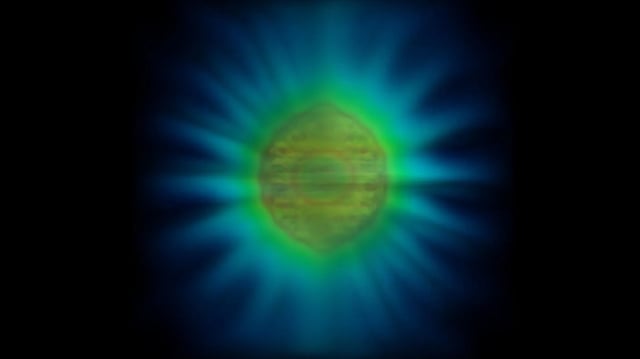Overview
- Northwestern engineers deposited PTCDA molecules in vacuum, forming a uniform protective adlayer over tungsten diselenide defect sites.
- The coating produced a controlled, uniform shift to lower photon energy while leaving the semiconductor’s core electronic properties unchanged.
- Measurements also showed reduced activation energy for emission and cleaner one-at-a-time photon output.
- Results published Oct. 3 in Science Advances point to a simple, scalable path to more reliable quantum light sources for secure communication and sensing.
- The team plans to test additional material–coating combinations next, then pursue electrically driven emission to advance toward quantum networks.
